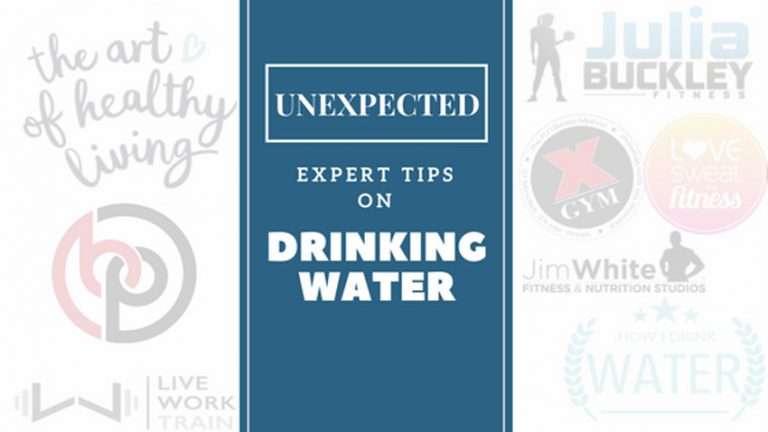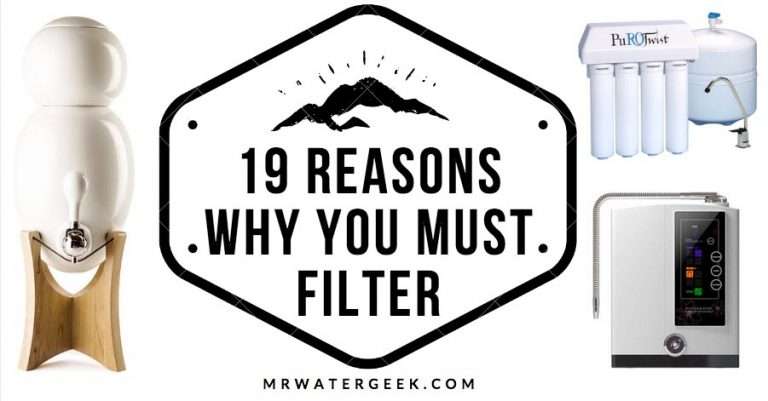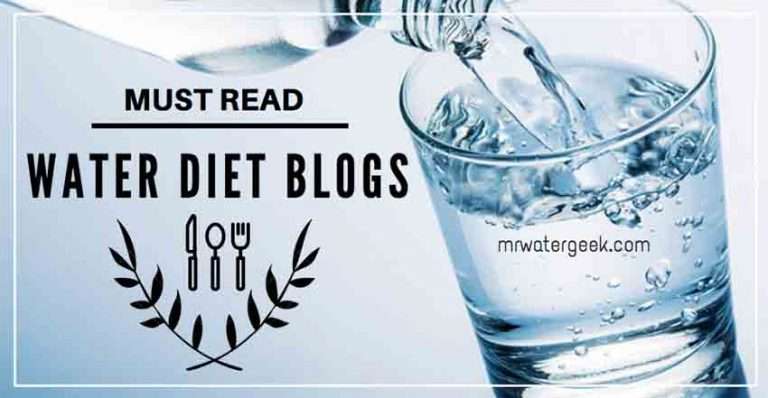How to Add Vitamins and Minerals to Water: A Simple Guide to Boost Your Health
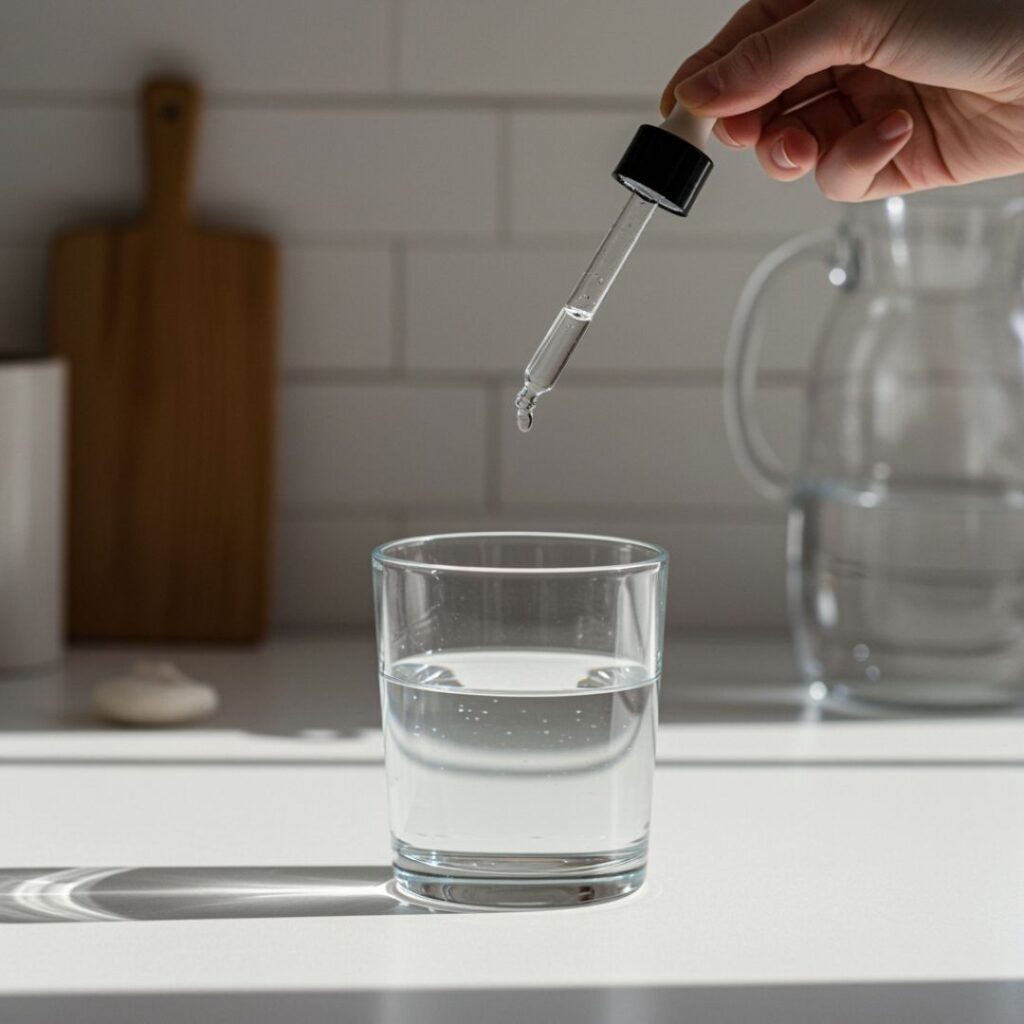
Water is essential for our survival, and the type of water we drink makes a big difference in our health. Drinking clean, fresh water helps us stay healthy by aiding digestion, keeping our blood circulating, and regulating our body temperature. If you don’t hydrate enough each day, you might find yourself dealing with headaches, feeling tired, having dry skin, or struggling to focus. Many people overlook the importance of drinking quality water when they could be boosting their health significantly.
One easy way to enhance your hydration routine is by choosing water that’s rich in minerals and vitamins. Adding essential minerals to your drinking water can make your hydration habit much more beneficial. The great thing is that your body absorbs minerals in liquid form better than it does from pills or supplements. So, drinking mineralized water can be a smart choice for improving your intake of these important nutrients.
In this guide, I’ll be going over how to safely and effectively add vitamins and minerals to your water.
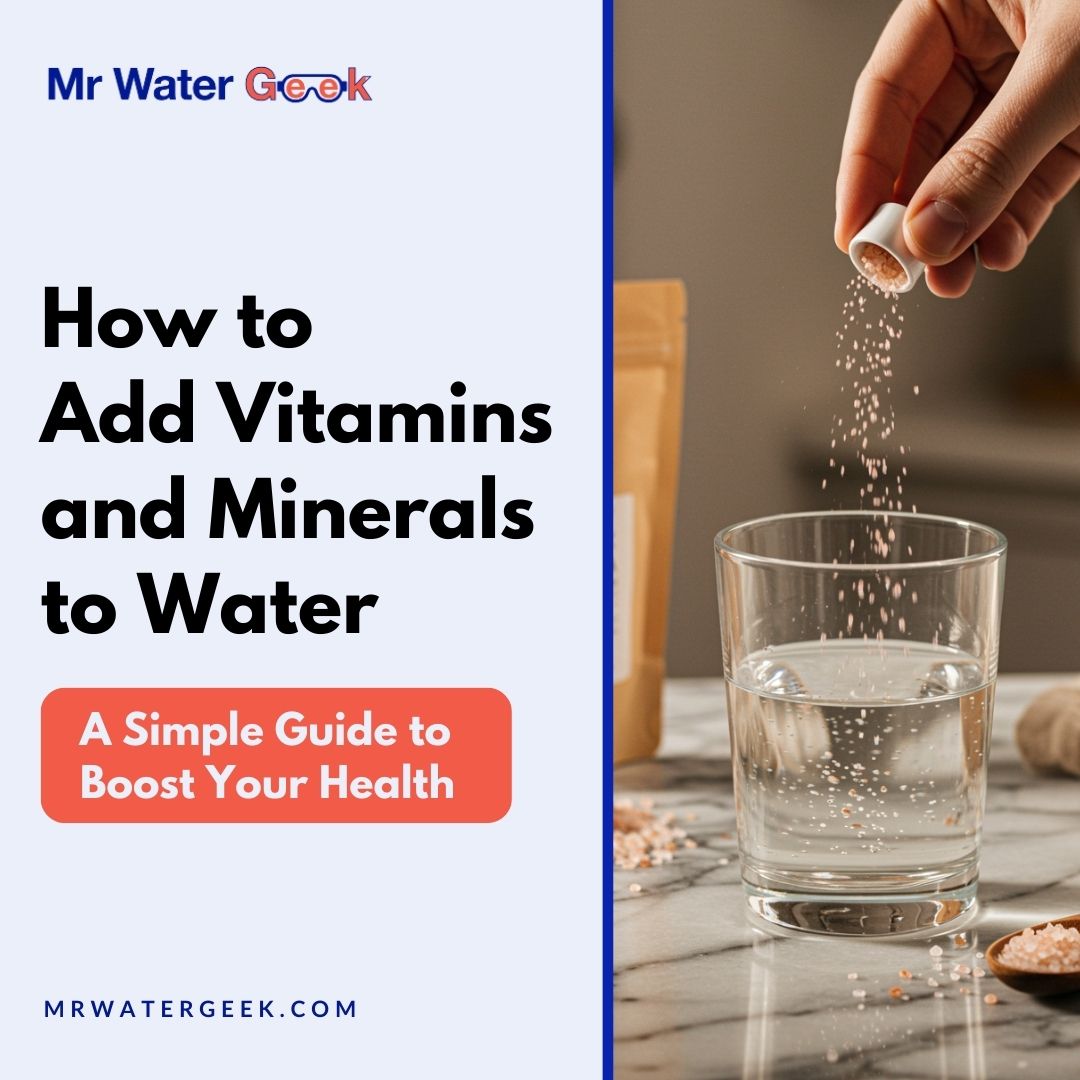
How to Add Vitamins and Minerals to Water
You may be wondering whether it’s really necessary to enrich your water. In this post, I’ll answer that question and also highlight which minerals are most important for your health. Whether you rely on tap water, filtered water, or bottled water, there are straightforward ways to increase its nutritional value.
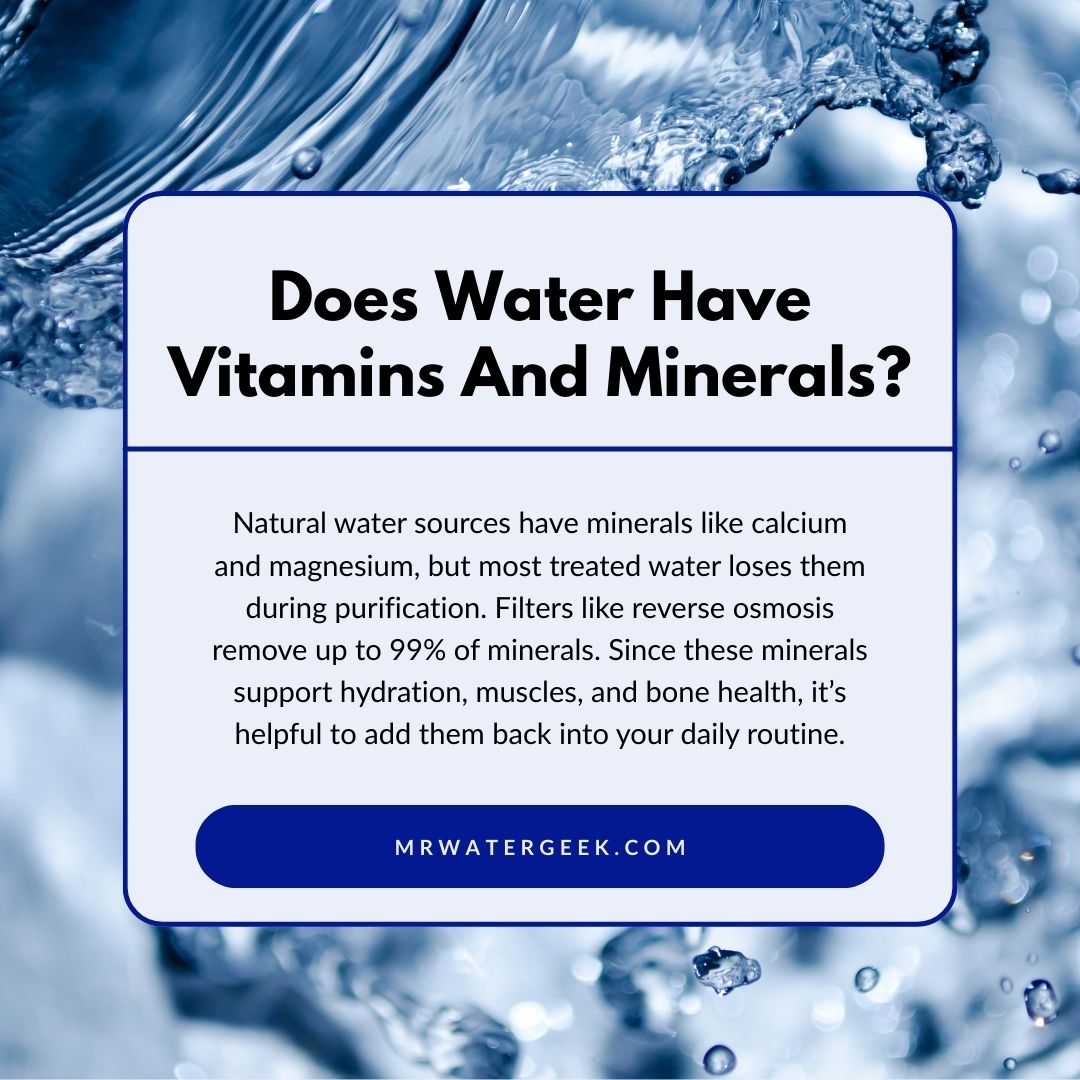
Does Water Have Vitamins And Minerals?
Let’s start by understanding if water actually contains vitamins and minerals. Natural sources of water, like springs and wells, often have minerals such as calcium, magnesium, potassium, and sodium. These minerals are absorbed as the water filters through soil and rock. However, the water from most treatment plants often lacks these important minerals because the purification process strips them away.
Methods like filtration and distillation remove harmful substances from drinking water, but they can also take away beneficial minerals. Reverse osmosis systems are great at cleansing water of impurities, but they can remove up to 99% of its mineral content. Activated carbon filters, while effective for eliminating chlorine and improving taste, often don’t maintain essential minerals.
When we drink mineral-deficient water, we lose out on the chance to support our bodies with these vital nutrients. Those trace minerals are essential for various bodily functions, such as nerve and muscle function, bone health, regulating blood pressure, staying properly hydrated, and supporting cell repair and growth. Since our drinking water is often lacking in minerals, it’s important to intentionally add them back into our daily hydration routine.
Before we start unwrapping the techniques for adding minerals to your drinking water, here are some research-backed insights you may want to check out:
- How To Stay Hydrated When You HATE Drinking Water
- Benefits of Drinking Water for Skin (+ Weight Loss)
- ALARMING Benefits of Drinking Water in the Morning
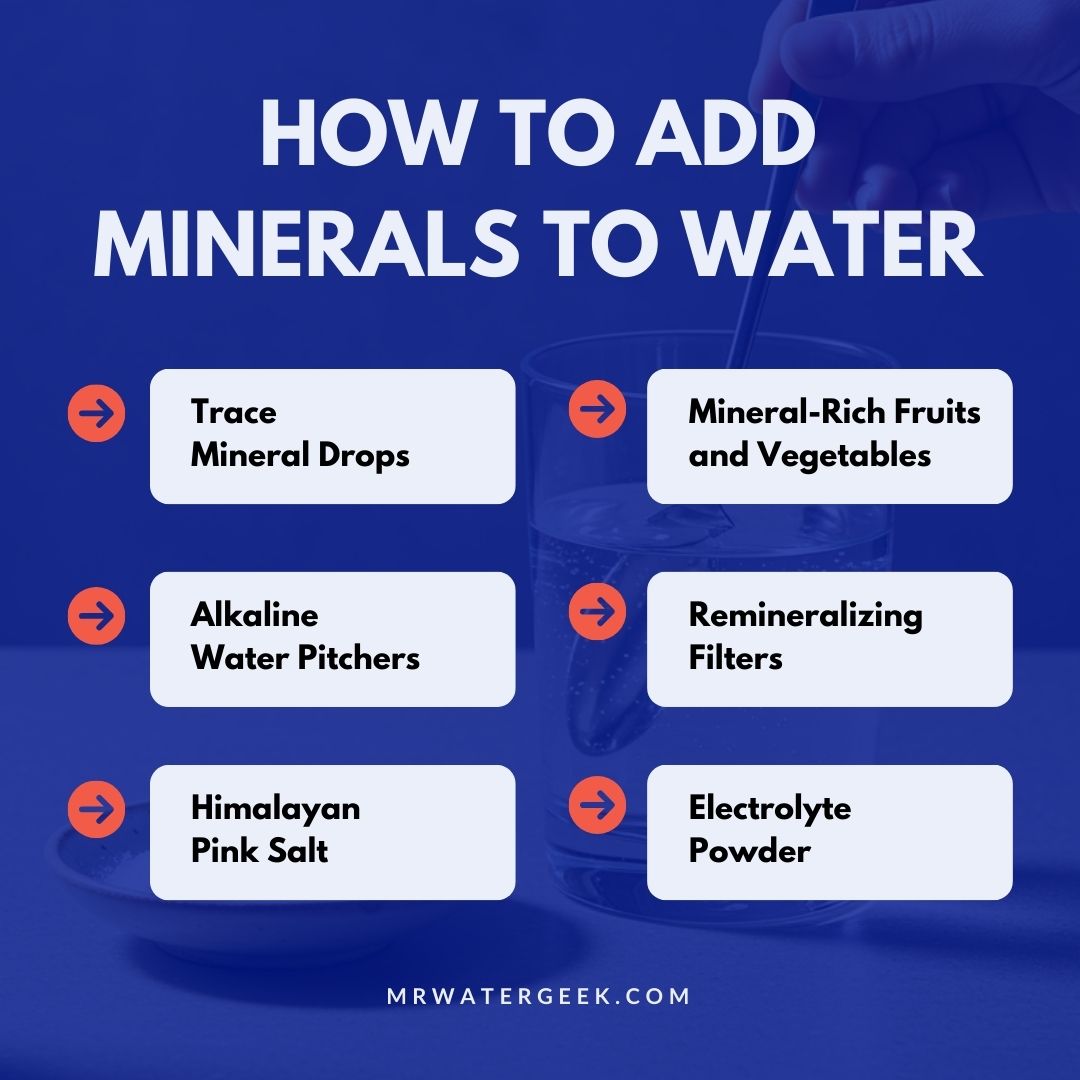
How To Add Minerals To Water
Now that you understand why minerals matter, let’s take a closer look at how you can add them to your water:
Trace Mineral Drops
One popular option is adding trace mineral drops to your water. These drops are a concentrated source of essential minerals from ancient sea beds or salt deposits. They include minerals like magnesium, potassium, zinc, and selenium, all in a form that your body can easily absorb.
Using them is simple: just add 1 or 2 drops per 16 ounces of filtered water to start, and then gradually increase it to 3-5 drops depending on your taste. Be careful, though; more isn’t always better. Stick to the recommended amounts, and you should notice a slightly different taste in your water, which usually suggests the minerals are doing their job.
Studies indicate that liquid minerals get absorbed more efficiently compared to solid supplements, making these drops a quick and effective way to enhance your drinking water, especially if you’re using reverse osmosis or distilled water.
Alkaline Water Pitchers
Another method involves using alkaline water pitchers. These pitchers not only filter your water but also add beneficial minerals like calcium, magnesium, and potassium. This is a convenient two-in-one solution.
To use these, fill the pitcher with tap water and let it sit for 5 to 10 minutes to filter. Make sure to replace the filters regularly as recommended, typically every 40-60 gallons, to keep everything clean and functional.
Quality alkaline pitchers can raise the pH of your water to about 8.5 to 9.5 and add a decent amount of minerals. While they might not be as packed with minerals as some other options, they strike a nice balance between cleaning your water and adding back some nutrients.
For more on this form of drinking water, check out my earlier post: How to Make Alkaline Water at Home.”
Himalayan Pink Salt
You might also consider adding Himalayan pink salt to your water. This mineral-rich salt is known for containing over 80 trace minerals that were originally found in the oceans. Unlike regular table salt, Himalayan salt offers a more balanced mix of minerals that resemble the electrolytes our bodies need.
To use this method, just add a small pinch (about 1/8 teaspoon) to a liter of filtered water and stir until it’s dissolved. The water shouldn’t taste salty, so be careful not to add too much. If you have high blood pressure or need to watch your sodium intake, it’s a good idea to consult with your doctor before using this method.
Using Himalayan salt can create a mineral-rich solution that’s slightly alkaline and more hydrating than plain water, making it a great natural option for adding minerals.
Mineral-Rich Fruits and Vegetables
Not only does this make your water taste better, but it also infuses it with some healthy minerals. When you slice up produce like cucumbers, lemons, or strawberries and let them sit in your water, they release minerals such as potassium, magnesium, and calcium. This happens through a process called osmosis, which means that the minerals naturally dissolve into the water over time.
Before you start, just make sure to wash your fruits and veggies thoroughly. It helps if you cut them into thin slices, increasing the surface area and allowing more minerals to transfer. Once you’ve prepared them, add them to filtered water and pop it in the fridge for anywhere from two to twenty-four hours. Just keep in mind that it’s best to drink the infused water within 24 hours to avoid any bacteria growth.
While using fruits and veggies for flavor isn’t as concentrated as taking mineral supplements, it does provide a nice little boost of minerals, vitamins, and antioxidants. Plus, if you’re someone who finds plain water boring, this method might encourage you to drink more water overall, which is great for staying hydrated.
Remineralizing Filters
Another option to consider is using remineralizing filters. These are special water filters designed to add minerals back into your purified water while still getting rid of any harmful contaminants. This is especially useful for homes that use reverse osmosis systems, as these tend to remove all minerals from the water.
Remineralizing filters contain natural mineral media like calcium carbonate and magnesium. When water flows through these filters, it picks up minerals in balanced amounts. Many of these filters can also raise the pH level of the water, making it a bit more alkaline.
You can install these filters as an added stage to your existing water filtration system or as a standalone unit on your countertop. Just be sure to follow the manufacturer’s guidelines for setup and replace the mineral cartridge every six to twelve months, depending on how much water you use. The cool thing about these filters is that they consistently add minerals at the right levels, so you won’t have to worry about fluctuating concentrations.
Electrolyte Powder
These powders mix easily with water and provide essential minerals like sodium, potassium, magnesium, and calcium that you naturally lose when you sweat. Simply follow the dosage instructions on the package, usually one scoop for every 16 to 20 ounces of water. Be careful to choose powders without artificial sweeteners, excessive sugar, or unnecessary fillers.
Electrolyte powders are particularly beneficial after sweating a lot or during hot weather when your body needs quick mineral intake or replenishment. They’re a great choice if you’re active or compete in sports.
Adding vitamins and minerals to your water transforms ordinary hydration into a health-boosting practice.
Start with high-quality filtered water and add minerals mindfully. Your body will thank you with improved energy, better hydration, and long-term health benefits. Just remember, while mineralized water is helpful, it shouldn’t replace a balanced diet rich in fruits and vegetables.
Feel free to check out my other posts for more information on water quality and how to keep your water supply healthy.
Stay hydrated,
Shashank Varma (Mr. Water Geek)




